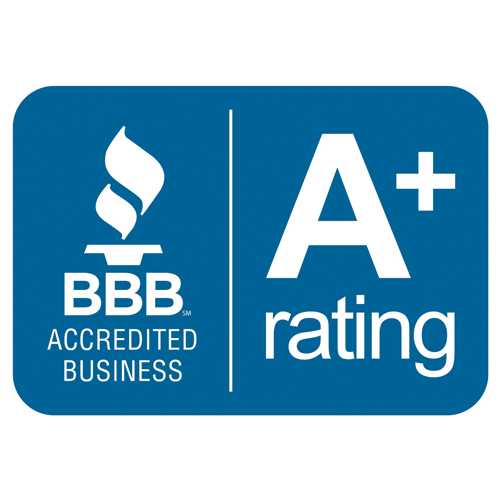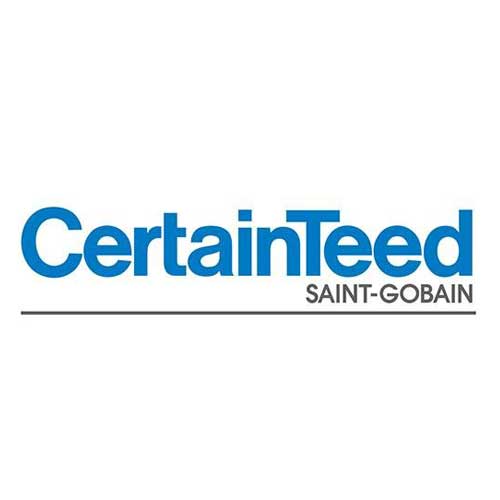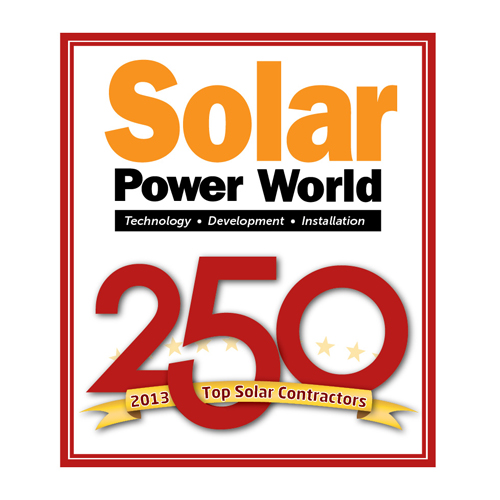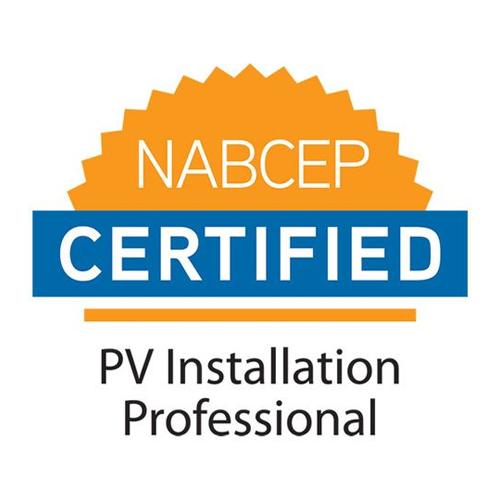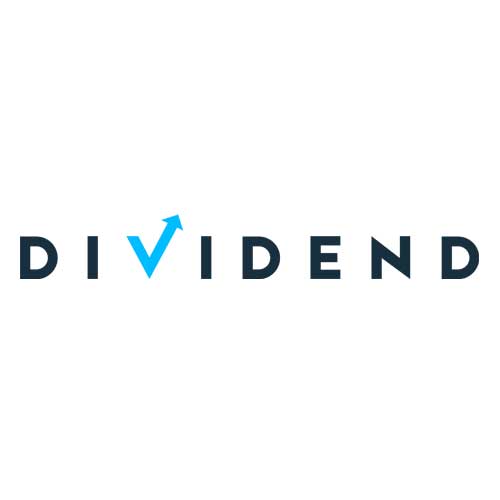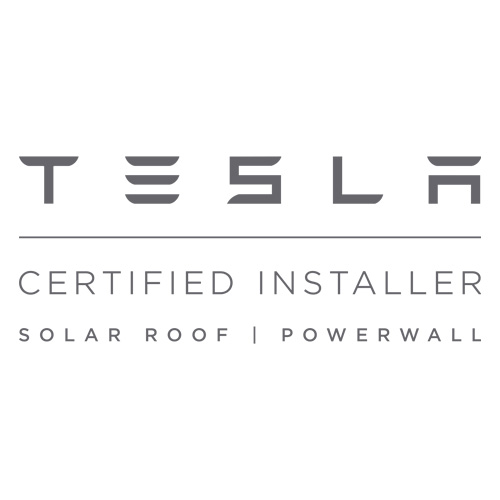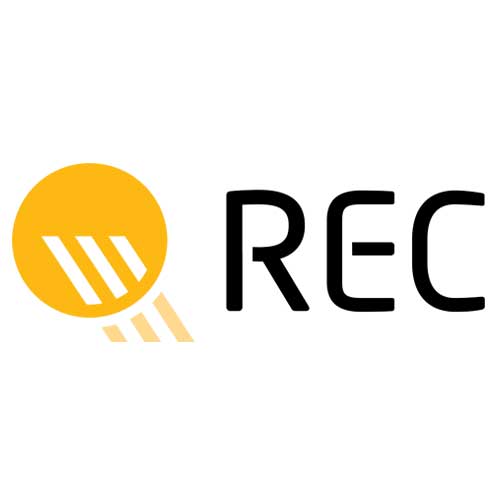What Appliances Can Run Off Solar?
Solar power is becoming increasingly popular among households and businesses as a clean alternative to traditional sources of energy. Solar appliances are specifically designed to be powered by solar energy, allowing you to reduce your carbon footprint while saving money on energy costs. From refrigerators and washing machines to hot water heaters and air conditioners, a wide range of household appliances can be powered using solar energy.
Solar panels are the most essential component for powering solar appliances, as they collect sunlight and convert it into electricity that can be used to power various devices. Solar panels come in a variety of sizes, shapes, and designs to meet different needs and budgets. They are typically mounted on rooftops or other areas where they will gather direct sunlight rather than indirect light like trees or buildings provide. Depending on the type of appliance being used, several solar panels may need to be installed in order to generate enough electricity.
Getting Started With Solar
There’s no need to wait any longer to start using solar power! Today, there are a wide variety of appliances that can run off of solar energy, and getting started is easy. Below, we have outlined the steps that you will need to take in order to get started using solar power in your home.
The first step is getting a solar estimate from an experienced company. Not all homes are eligible for solar panels, so it’s important to consult with an expert before making a purchase. After you have your estimate, you will need to decide on the size of your solar panel system. There are several different types of panels available on the market today, so it’s important to choose the one that best suits your needs and budget.
Once you have selected your panels, you will need to purchase the necessary hardware. This includes the panels themselves as well as mounting brackets and wires. The cost of this hardware varies depending on the type of system that you choose, but it should not exceed 10% of the total cost of your entire installation.
Next comes installation! This can be a relatively easy process if you have experience installing electrical wiring or if someone in your family is familiar with this process. However, if this is not your first rodeo, hiring a professional may be a better option. Once installation is complete, it’s time for testing and calibration! This process ensures that everything works correctly before locking in your contract with your installer.
Finally, there are several things that you will need to do once your solar system is up and running: register with state agencies responsible for permitting installations like roofing or window replacement; obtain insurance; and make sure that all exterior lights are LED compatible (most municipal codes now require LED lighting).Solar homeowners also should consider adding battery backup (to guard against power outages) and water heating capabilities (to extend swimming season when temperatures fall below 60 degrees F). In short: by following these simple tips- along with some common sense- anyone can start using renewable energy today!
What Appliances Can You Run Off Solar Electricity
Have you ever thought about powering your appliances with solar energy? Many people don’t realize that you can actually run a large number of appliances off of solar electricity. Below, we’ll outline the specific appliances that you can power using this energy source.
When it comes to powering your coffee maker, toaster, microwave, and hair dryer with solar electricity, the most important thing to remember is to make sure that they are equipped with a compatible solar panel. These panels convert sunlight into electricity, which then powers your appliance.
To power other household appliances such as laptops, desktop computers, printers, scanners and TVs using solar energy, you will need a compatible inverter. An inverter is a device that converts direct current (DC) from the batteries into alternating current (AC), which can then be used to power other household appliances.
Finally, if you’re looking for an all-in-one solution for powering your entire home with solar energy, check out our selection of Solar Power Systems. These systems come complete with everything necessary to power your devices and systems using renewable energy sources!
What Is Solar Power?
Solar power is energy that comes directly from the sun. This can be converted into thermal or electrical energy, making it a renewable resource. Solar power is one of the most abundant sources of energy on Earth and can be used to generate electricity or heat homes and water.
Solar panels are devices that absorb sunlight and convert it into usable electricity. They are typically made up of photovoltaic cells which contain semiconductor materials such as silicon that convert solar radiation into direct current (DC) electricity. The generated DC electricity is then sent through an inverter to be converted into alternating current (AC) so that it can be used in your home or business.
Solar power has many advantages over traditional forms of energy production such as coal, oil, and natural gas. Since solar power doesn’t require fuel to generate electricity, it helps reduce our dependency on fossil fuels which harm the environment by releasing greenhouse gases like carbon dioxide (CO2). Additionally, solar energy produces zero emissions during operation, therefore significantly reducing air pollution levels in cities and communities around the globe.
Solar panels also require little maintenance since they are built with durable materials that stand up to extreme weather conditions like hail storms and high winds. Furthermore, they have an expected lifespan of 25-30 years with minimal maintenance needed in order to keep them running efficiently during this time period.
How Does Solar Power Work?
Are you looking to take your solar power system up a notch? Check out our blog for more information on how solar power works and what appliances can run off of it.
First, let’s take a look at how solar power works. Solar panels convert sunlight into electricity by using photovoltaic (PV) cells. PV cells are made of materials that absorb photons from sunlight. When these photons strike the cell, they knock electrons loose from the atoms. The electrons flow through the material to metal contacts on the cell, creating an electric current. A solar power system includes solar panels, an inverter, batteries, and a charge controller. Solar panels produce DC electricity, and the inverter converts it to AC electricity. So whether you’re looking to save money on your energy bill or just want to show your environmental conscience – installing a solar power system is a great way to go!
What Appliances Can Run Off Solar Energy
Are you looking to save money on your energy bill? Solar power may be the answer. Not only is solar power a renewable resource, but it’s also becoming more affordable and less expensive than traditional forms of energy. In addition, solar panels can be used to power appliances in your home. This means that you can have the benefits of solar power without having to install any extra hardware.
One of the biggest benefits of solar energy is that it’s good for the environment. It doesn’t produce any waste or pollution, which makes it a green choice for many homeowners. Additionally, solar panels can last for decades, meaning that you’ll be able to recoup your investment and then some over time. Plus, solar energy is good for your wallet – it’s one of the least expensive forms of electricity out there!
Is Solar Power Right For Me?
First and foremost, it’s important to determine whether you have enough sunlight in your area to make it worth investing in a solar panel system. Solar panels need direct sunlight in order to produce electricity and generate savings on your energy bill. If you live in an area that experiences a lot of overcast days or general shade from trees or tall buildings, your solar system may not be able to generate enough energy throughout the year to make the switch worthwhile.
Another major consideration when deciding if solar power is right for you is cost. Depending on your current usage, property size and geography, installing a solar system can range anywhere from several thousand dollars up into six figures. It’s also important to note that while federal tax credits may be available, they often take several years before they start paying off any returns on your investment.
Finally, while there are many great benefits of switching to solar power such as reducing emissions and improving air quality, there are still some drawbacks that must be taken into account before making the switch. The most obvious being that once you have installed a system, it can’t be moved if you decide later down the line that another location would better suit your needs. Additionally, despite advances in technology over recent years, some areas still experience cloudy days where even the best-performing systems struggle with low production rates which can cause frustration for customers looking for consistent performance from their system during peak times of day or periods of extended cloud cover.
How Do I Get Solar Power For My Home?
When it comes to getting solar energy for your home, you have two main options: buying or leasing a system. Buying a solar panel system outright is the best option if you plan on staying in your home long-term and want to reap all the benefits of owning a renewable energy source. Solar panel systems typically require an up-front installation fee and ongoing maintenance costs, but they offer several advantages including lower electricity bills over time due to decreased dependence on traditional electricity sources. If you’re just looking to experiment with solar power or don’t plan on staying in your home long-term, then leasing a system may be the right decision for you. Leasing gives you access to solar energy without having to make any upfront investments, though you still need to pay monthly fees for usage and maintenance.
In terms of what type of system you should choose for your home, there are three primary types available: rooftop, ground mounted, or community shared systems. Rooftop systems are installed directly onto the roof of your house and require customized hardware dependent on existing roof structure and slope angle. Ground mounted systems are placed in the ground around your house and generally come with more flexible installation requirements than rooftop systems. If neither of these appeal to you then community shared systems allow multiple households within a geographical area to share one system which makes installation costs much cheaper than either rooftop or ground mounted systems since they can be purchased as part of a larger package deal.
The cost savings associated with switching from traditional electricity sources such as coal or natural gas can vary significantly depending on location, size of the installation, type of equipment being used, local incentives offered by governments or utilities providers, etc., but typically range between 10-50%. In addition to reducing electricity bills over time through increased efficiency gains in production capacity versus traditional sources, many states offer tax credits which help incentivize people even further into making the switch towards renewable sources like solar energy.
To Wrap Up
In conclusion, there are many different types of household appliances that can be powered using photovoltaic cells converting sunlight into usable electrical energy without relying on traditional sources like oil or coal which contribute significantly towards global warming emissions every year; providing clean and renewable energy solutions as well as helping protect our environment at the same time!

